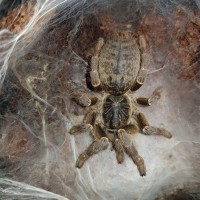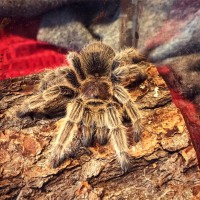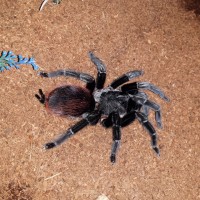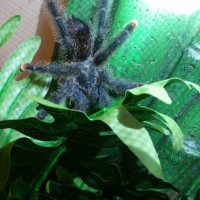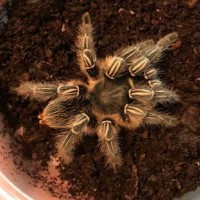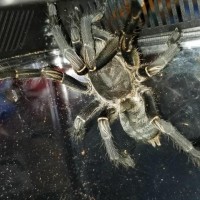Media information
- Category
- Tarantula Identification
- Added by
- Tdcandama96
- Date added
- View count
- 1,554
- Comment count
- 15
- Rating
- 4.00 star(s) 1 ratings
Image metadata
- Device
- samsung SM-N910V
- Aperture
- ƒ/2.2
- Focal length
- 4.6 mm
- Exposure time
- 1/10
- ISO
- 320
- Filename
- 20171013_210206.jpg
- File size
- 4.4 MB
- Date taken
- Fri, 13 October 2017 9:02 PM
- Dimensions
- 5312px x 2988px

